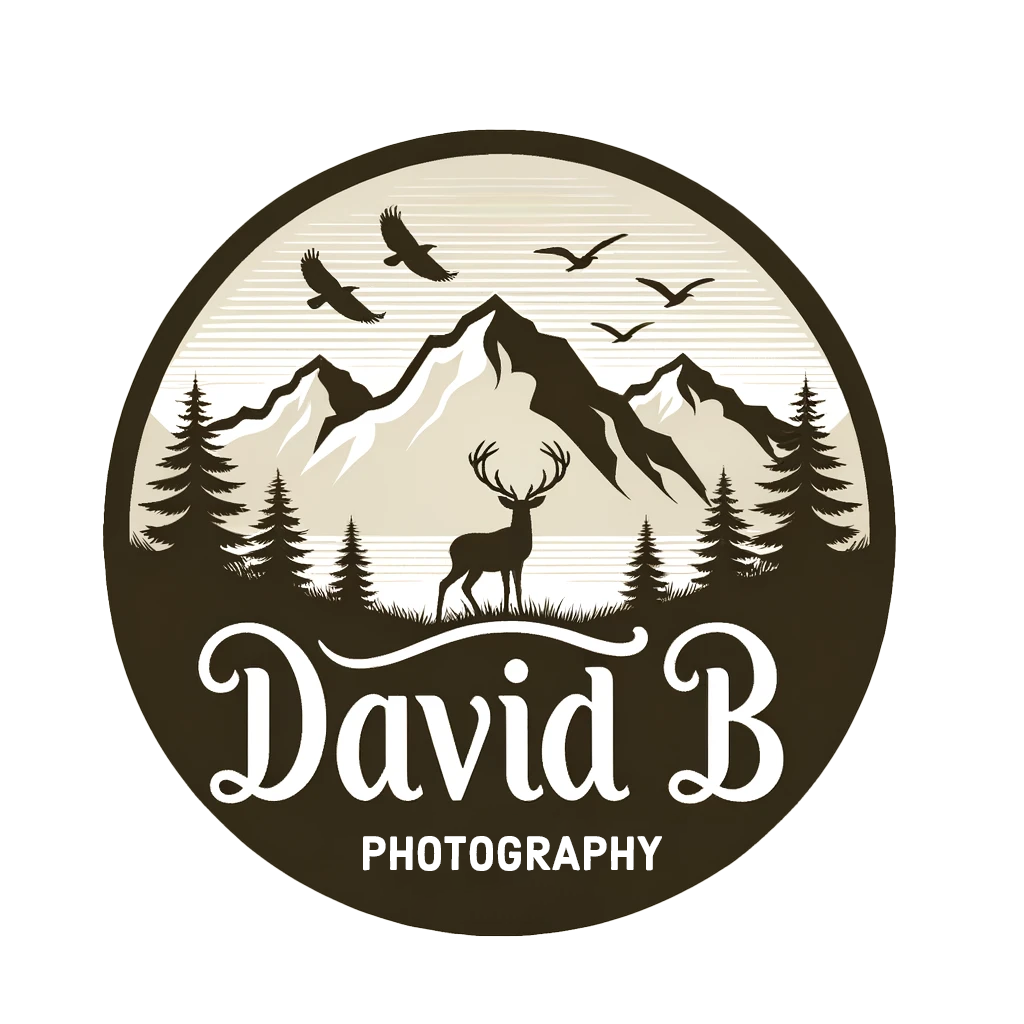Blog
New York in Motion: Two Hubs, Two Stories
Two photographs. Two architectural icons. One city in constant motion. In this post, I explore New York’s vibrant rhythm through long exposures inside the futuristic Oculus and the timeless Grand Central Terminal—capturing the contrast between modern minimalism and classic grandeur, all set against the blur of daily life.
There’s something magnetic about New York City’s great transportation halls—epicenters of movement, architecture, and fleeting human connection. On recent visits, I captured two such spaces that pulse with energy in their own distinct ways: the Oculus and Grand Central Terminal.
The Oculus: Futuristic Stillness in Motion
Step inside the Oculus at the World Trade Center and you’re enveloped by a cathedral of light and symmetry. Designed by Santiago Calatrava, the soaring white ribs curve overhead like the bones of a great bird mid-flight. It’s a modern space—clean, open, almost surreal in its calm. I shot this photo from the upper level, using a long exposure to blur the constant flow of people across the pristine white floor. The stillness of the architecture contrasts beautifully with the soft ghost-trails of New Yorkers in motion, hurrying to their next destination. It's a meditation on modernity, and a nod to resilience—this space, after all, sits atop the former site of the Twin Towers.
Grand Central Terminal: Classic Elegance and Human Theater
Grand Central, by contrast, tells a story rooted in history and grandeur. Built in 1913, it remains one of the city's most iconic landmarks, rich with Beaux-Arts detail and the rhythm of daily life. I shot this in black and white to highlight the contrast between the monumental stonework and the ever-shifting patterns of people. The American flag floats stoically overhead, a timeless symbol in a terminal that has seen more than a century of comings and goings. Long exposure again allows the crowd to blur into motion—a sea of busy lives, captured mid-pulse.
Same City, Different Heartbeats
These two spaces are only a few miles apart, yet they evoke such different emotions. The Oculus feels like stepping into the future—sterile, pristine, and aspirational. Grand Central feels like a memory—warm, textured, and timeless. Both are temples to transit, but more than that, they’re places where the humanity of New York reveals itself in motion, in pause, in rhythm.
Two photos. Two iconic spaces. One city that never stops moving.
Kicking Off My Year-Long Photography Journey: Rediscovering Connecticut and Beyond Through the Lens
My journey with photography started over a decade ago in the streets of New York with a Nikon D90 in hand. Now, I’m launching a year-long challenge to capture the beauty of Connecticut, the vibrant energy of NYC, and even the winter charm of the English countryside. Guided by AI, each weekly assignment aligns with the seasons and locations I call home. Follow along as I document my progress, explore new techniques, and share stories from behind the lens.
Photography has been my constant companion—a way to explore and capture the world around me from new perspectives. My journey began over a decade ago in the UK, where business travel took me across Europe and to the US. On a trip to New York City, I took a leap and bought my first DSLR, a Nikon D90. With that camera, I immersed myself in capturing cityscapes and the vibrant rhythm of people going about their lives. From there, I expanded to landscapes and nature photography, eventually moving to the US in 2019 and making Connecticut my home.
Now, after years of shooting, I’m ready to push myself further. Inspired by new AI tools, I’ve designed a year-long photography program that aligns with seasonal shifts and incorporates weekly work trips to New York City and a December visit to the UK. This program will allow me to revisit old skills and discover new ones, capturing Connecticut’s landscapes, NYC’s urban energy, and the winter scenes of England in a structured, immersive way.
How AI Helped Shape This Journey
In creating this program, I wanted more than just a list of technical exercises. AI played an essential role in developing a program that aligns each month’s challenges with seasonal and location-specific elements. With AI’s support, I built a plan that integrates Connecticut’s natural landscapes, New York’s vibrant urban environment, and even my travel schedule, ensuring that each week’s challenge is relevant and enriching. AI has been a valuable partner, helping me organize my goals, map locations, and structure exercises that encourage growth in both technical skill and creative exploration.
How This Program Came Together
In designing this journey, I focused on two main goals:
Seasonal and Locational Exploration: Each month’s challenges are shaped by the natural beauty of Connecticut and the unique atmosphere of New York City, along with my December trip to Bookham, UK. This structure allows me to capture the seasons with intentionality, each week building on what makes that particular time and place special.
Weekly Blog Cataloging: Each week, I’ll write a blog post documenting my progress and reflections. This practice will not only keep me accountable but will also serve as a visual journal of my journey. I’ll share photos, techniques, and insights into what I’m learning, creating a narrative that captures this year-long experience from beginning to end.
Weekly Progress Blog: Documenting the Journey
Every week’s blog post will be a record of that week’s assignment and insights. I’ll share some of my best shots, challenges I faced, and what I learned along the way. Through these updates, I’ll also analyze areas where I can improve and highlight what I want to focus on in the coming weeks. This process will allow me to build a cohesive portfolio while sharing my journey in real-time.
Where This Journey Starts: Highlights from My Current Portfolio
To kick off, here are a few highlights from my current portfolio that have inspired this project:
Cityscapes and Street Photography: Inspired by my early New York days, I still find myself drawn to Connecticut’s historic districts and NYC’s urban streets. These photos remind me of where I started, and I’ll be carrying that energy through in my work.
Nature and Wildlife: Since moving to Connecticut, wildlife photography has become a central theme. With my 200-500mm lens, I’ve captured some incredible birds and other wildlife, which has taught me patience, timing, and respect for my subjects.
New England Landscapes: From Silver Sands to the coastal charm of Southport Beach, these landscapes capture Connecticut’s beauty. They’ll serve as a foundation as I work on deepening my understanding of light, composition, and mood.


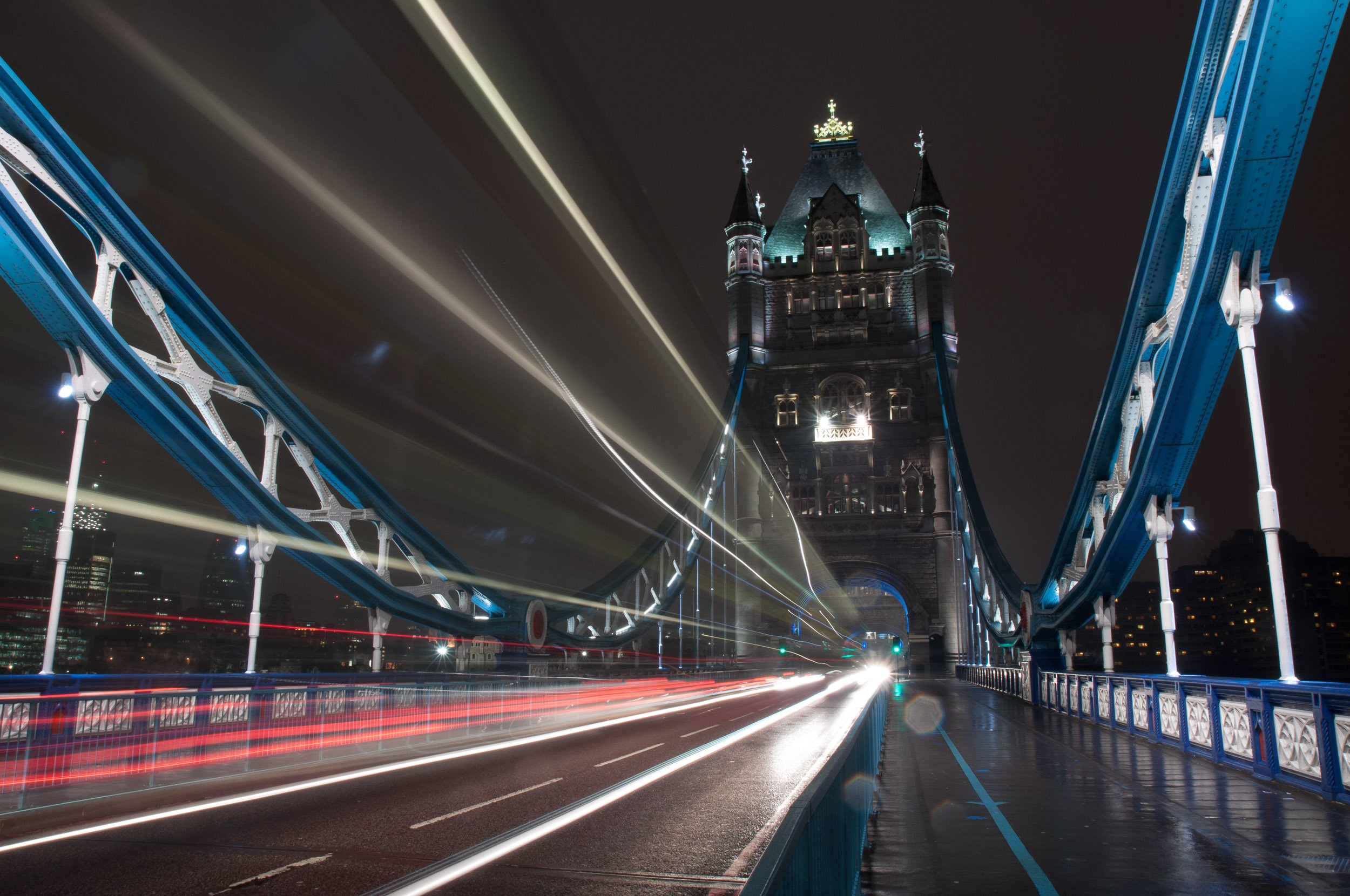
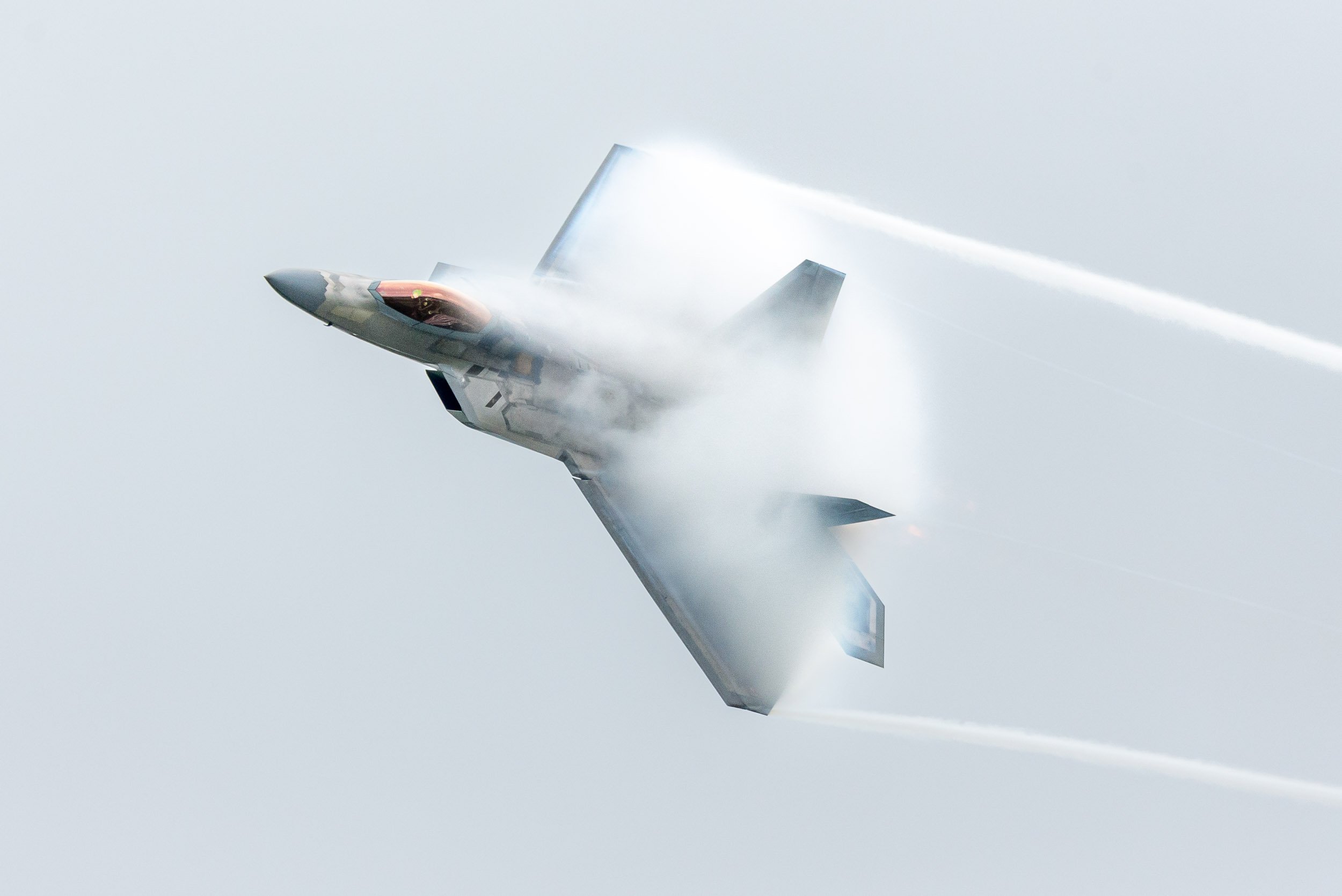
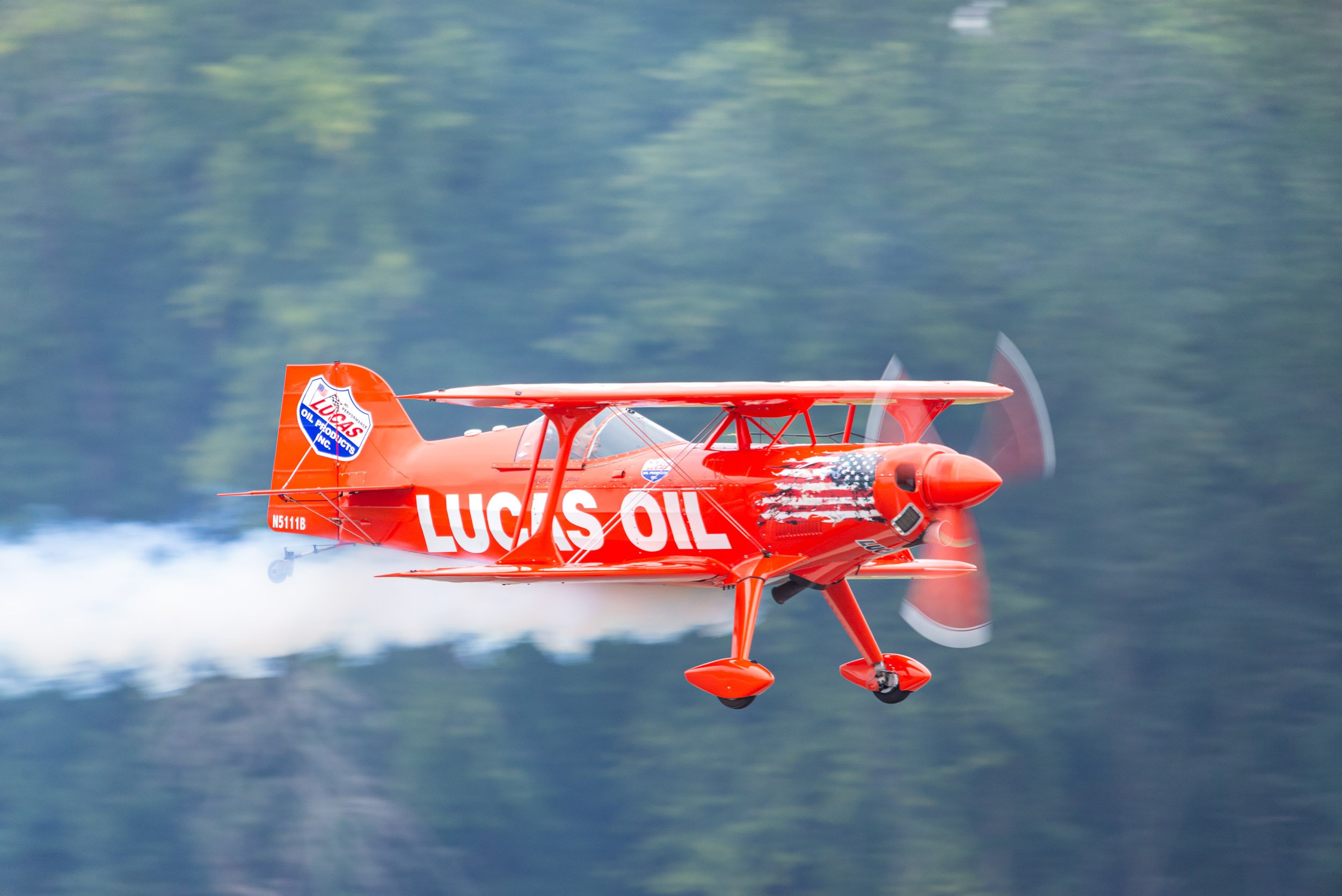



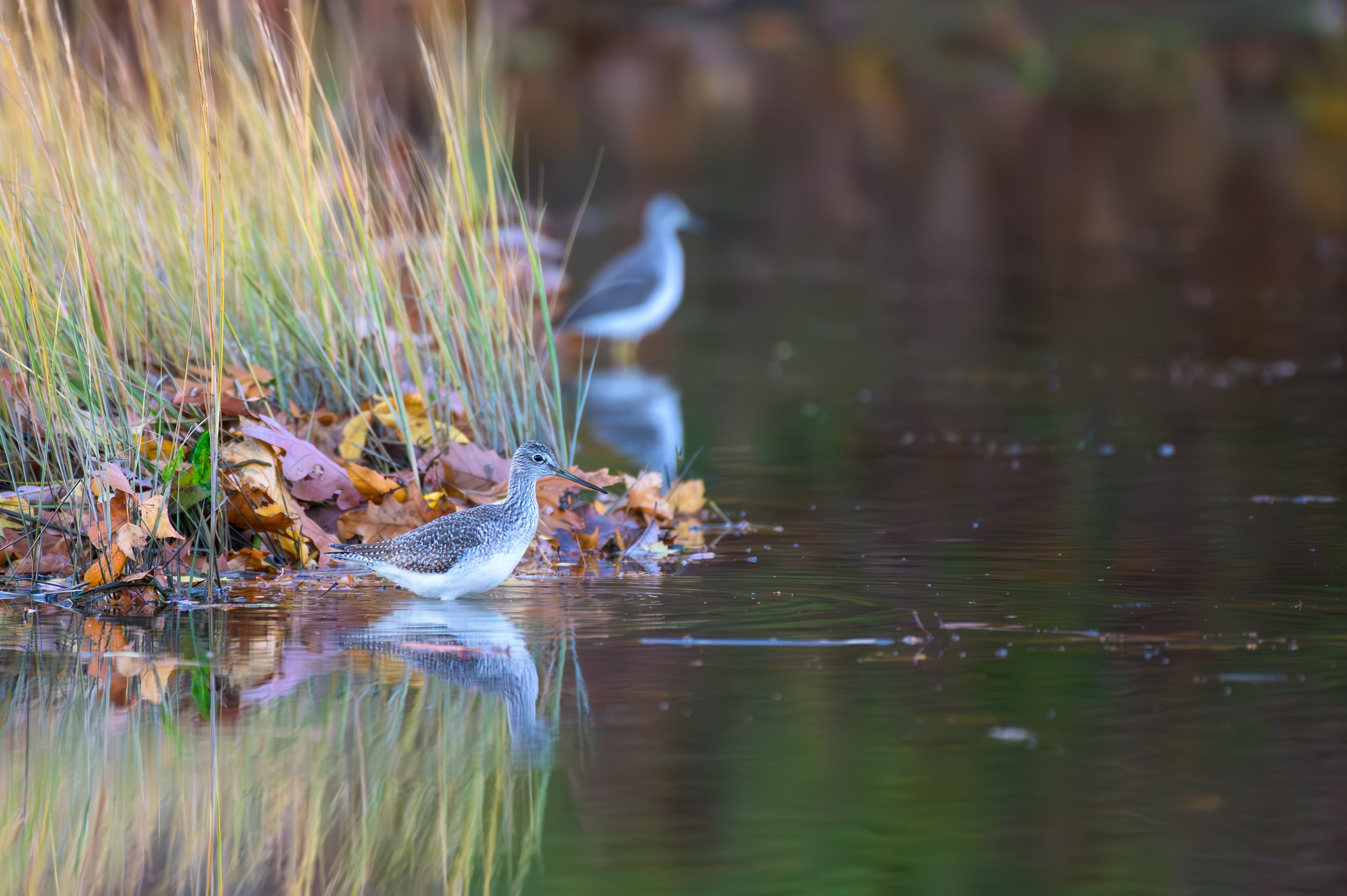
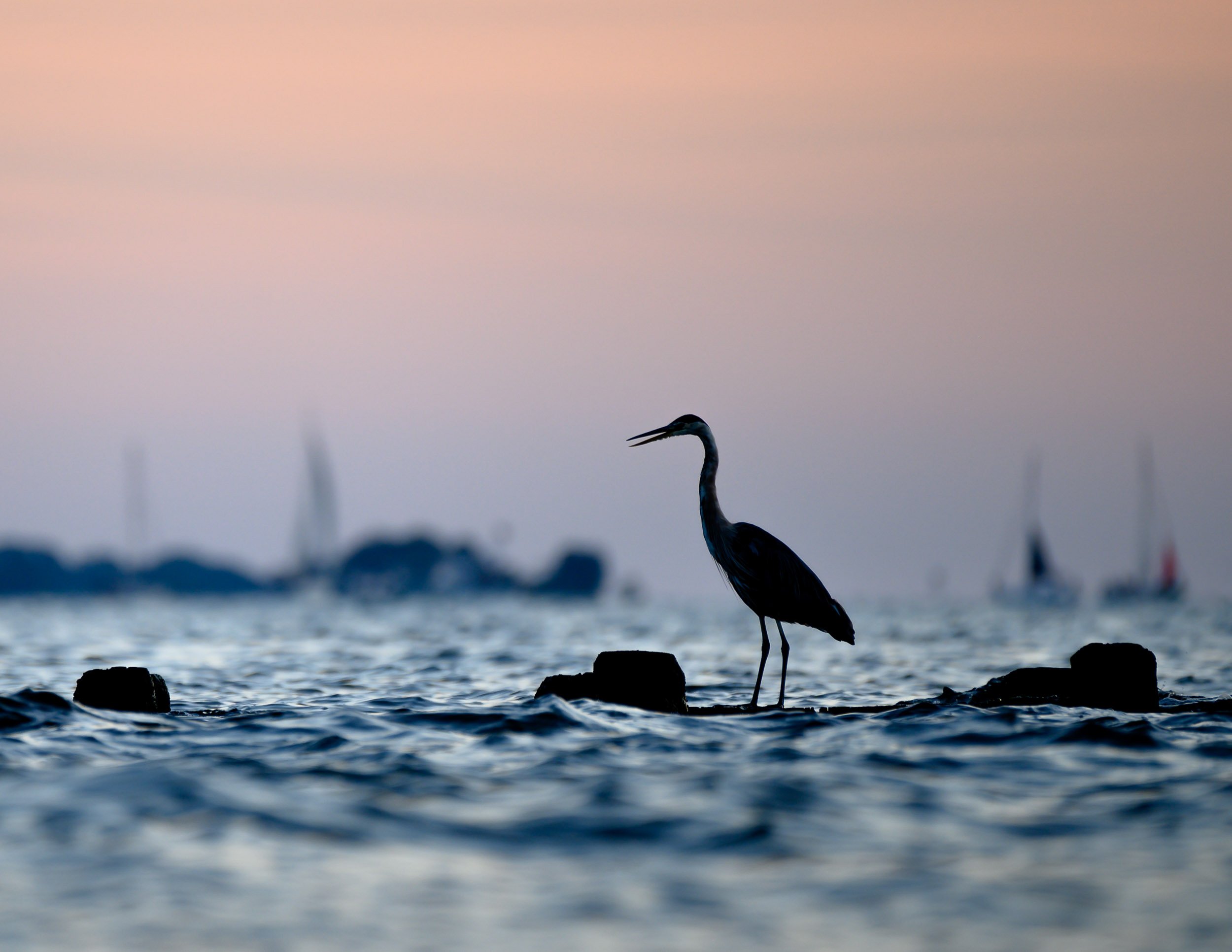
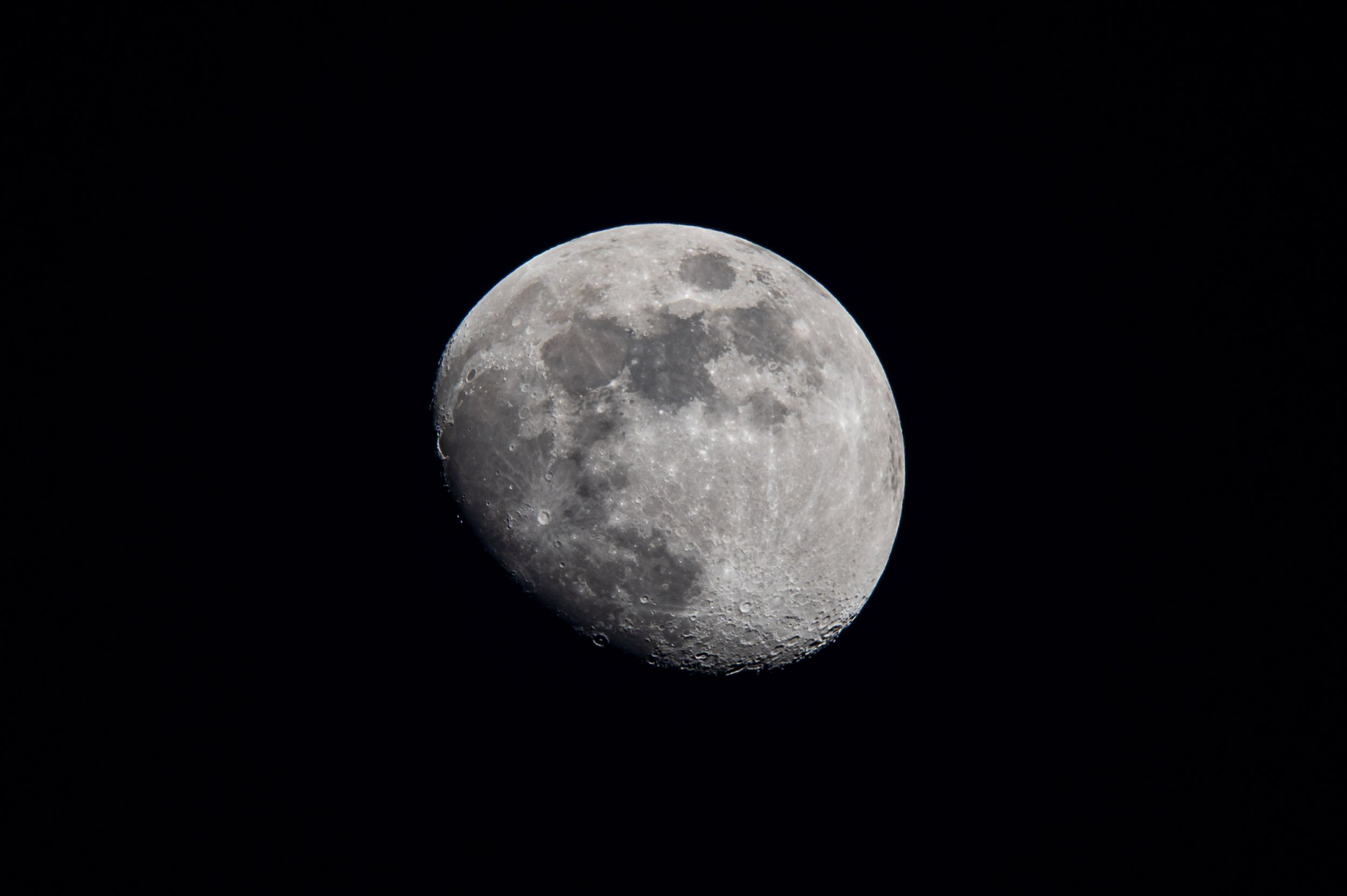
The Path Ahead
With AI tools assisting in planning and structuring, this program has been designed to keep me creatively inspired and technically challenged. I hope that documenting this journey will be not only a personal narrative but also a guide for other photographers looking to elevate their work. From Connecticut’s shores to the city streets of New York, and even to the English countryside, this year will be a journey through familiar places with fresh eyes.
Here’s to a year of discovery, challenge, and, I hope, some of my best work yet. Follow along for updates, tips, and stories each month as I embark on this year-long journey to rediscover photography through the lens.
Ospreys of Summer: A Collection of Photos and a Video of an Osprey Feasting
This blog post features a collection of osprey photos taken over the summer, capturing their beauty and precision as expert hunters. Alongside the photos, watch an video of an osprey perched on a rock, feasting on a freshly caught fish. Dive into the world of these magnificent raptors and get a glimpse of their feeding habits and natural behaviors up close.
Today’s post is a special one, as I’m featuring a collection of osprey photos captured throughout the summer, showcasing their beauty, strength, and expert fishing skills. To top it off, I’ve included a video of an osprey perched on a rock, enjoying a well-earned meal after a successful catch.
Shot using Nikon Z6ii and Nikon 200-500mm at f5.6, 1/500s
The Osprey: A Summer Icon
The osprey (Pandion haliaetus) is one of the most remarkable birds of prey, known for its incredible ability to catch fish. With its distinct white head and striking yellow eyes, this raptor is a true summer icon, often seen soaring over lakes, rivers, and coastlines in search of its next meal. As fish make up almost 100% of their diet, ospreys are master hunters, able to dive feet-first into water to snatch their prey with sharp talons.
Shot using Nikon Z6ii and Nikon 200-500mm at f5.6, 1/250s
A Summer in Photos: Ospreys in Their Element
This collection of photos represents moments with various ospreys I encountered over the course of the summer. Each shot tells a unique story, from ospreys perched majestically, surveying their territory, to those raising the next generation with pride.
Shot using Nikon Z6ii and Nikon 200-500mm at f6.3, 1/640s
Watch the Feast: Osprey Eating a Fish on a Rock
In addition to the photo collection, I’ve captured a special moment in video form—an osprey perched on a rock, eating a fish it just caught. The bird tears into the fish with its hooked beak, gripping the prey tightly with its talons while remaining alert to its surroundings. This up-close encounter offers a rare and intimate glimpse into the osprey's feeding behavior, and it perfectly complements the summer photo series.
Behind the Lens: Capturing Ospreys Throughout the Summer
Photographing ospreys is both a rewarding and challenging experience. Over the summer, I traveled the Connecticut shoreline, always with my camera in hand, waiting for the right moments to capture these birds in action. For this collection, I used my Nikon Z6ii paired with the Nikon 200-500mm lens, which allowed me to zoom in from a distance without disturbing the birds. The fast autofocus and excellent clarity of the lens helped me freeze the precise moments when ospreys were fishing, perching, and enjoying their meals.
The Life of an Osprey: Feeding and Nesting
During the summer months, ospreys are especially active, as they raise their young and spend hours fishing to feed themselves and their chicks. After a successful dive, ospreys will usually carry their fish to a safe perch, like a tree branch or, in the case of the video, a rock by the water. They often eat the head of the fish first, holding their prey with one foot while tearing it apart with their beak.
Shot using Nikon Z6ii and Nikon 200-500mm at f5.6, 1/400s
Conservation and the Osprey Comeback
Ospreys were once in decline due to the widespread use of harmful pesticides like DDT, but thanks to conservation efforts, their populations have rebounded. These birds are often seen as indicators of healthy aquatic ecosystems, as they rely on clean, fish-rich waters for survival. Protecting their habitats ensures future generations can continue to enjoy the presence of these magnificent birds.
Shot using Nikon Z6ii and Nikon 200-500mm at f5.6, 1/2500s
Tips for Spotting Ospreys in the Wild
Want to see an osprey in action? Here are some tips for spotting them:
Look near large bodies of water: Ospreys are almost always found around lakes, rivers, and coastlines, where they hunt for fish.
Watch for their dive: Ospreys hover over the water before diving feet-first to catch their prey.
Check for perches near water: After catching a fish, ospreys often sit on rocks, dead trees, or logs to eat in peace.
Shot using Nikon Z6ii and Nikon 200-500mm at f5.6, 1/800s
Thank you for joining me in celebrating the ospreys of summer! I hope this collection of photos and the video of the osprey feasting on a fish brings you closer to these incredible birds of prey. Stay tuned for more wildlife photography and adventures, where every moment is an opportunity to capture nature’s finest.
Happy birdwatching!
A Moment of Stillness: Cooper's Hawk in the Rain
A Moment of Stillness: Cooper's Hawk in the Rain
[Image: A Cooper's hawk perched on a mossy branch, gazing intently into the distance. Its sharp talons grip the branch, and its feathers are slightly ruffled by a light breeze.]
The woods were a symphony of muted greens and browns, the air thick with the scent of damp earth and wet leaves. A steady drizzle painted the scene, creating a tranquil, almost ethereal atmosphere. And there, amidst the canopy, a flash of slate gray and rusty orange caught my eye. A Cooper's Hawk, perched regally on a rain-slicked branch, its gaze unwavering.
As a nature photographer armed with my trusty Nikon Z6ii, I'm always thrilled to encounter these swift and agile raptors. Accipiter cooperii, named after the 19th-century naturalist William Cooper, is a master of aerial acrobatics, renowned for its ability to navigate dense forests at high speeds in pursuit of prey...
The woods were a symphony of muted greens and browns, the air thick with the scent of damp earth and wet leaves. A steady drizzle painted the scene, creating a tranquil, almost ethereal atmosphere. And there, amidst the canopy, a flash of slate gray and rusty orange caught my eye. A Cooper's Hawk, perched regally on a rain-slicked branch, its gaze unwavering.
Shot using Nikon Z6ii and Nikon 200-500mm at f7.1 and 1/500s
As a nature photographer armed with my trusty Nikon Z6ii, I'm always thrilled to encounter these swift and agile raptors. Accipiter cooperii, named after the 19th-century naturalist William Cooper, is a master of aerial acrobatics, renowned for its ability to navigate dense forests at high speeds in pursuit of prey. Their diet primarily consists of medium-sized birds, making them a formidable force in the avian world.
But seeing one in the pouring rain, its feathers glistening with moisture, was something truly special. The hawk seemed unfazed by the downpour. Its keen eyes, adapted for exceptional vision, scanned the undergrowth, searching for any movement that might betray a hidden meal. I could almost feel the intensity of its focus, a predator's unwavering patience in the face of challenging conditions.
I watched, mesmerized, as the hawk remained motionless for what felt like an eternity. Then, with a sudden burst of energy, it launched itself from the branch, disappearing into the dense foliage. The silence that followed was profound, broken only by the soft patter of raindrops on the forest floor.
I never saw if the hawk was successful in its hunt that day. But the image of it, a solitary figure braving the elements, its determination undimmed, stayed with me long after I'd left the woods. It was a reminder of the resilience and adaptability of the natural world, and the quiet beauty that can be found even in the most challenging conditions.
Behind the Shot:
Capturing this moment was a combination of luck and patience. The rain made it challenging, but it also added a unique atmosphere to the scene. Using my Nikon Z6ii and a telephoto lens, I was able to get a close-up view of the hawk without disturbing it.
If you're interested in capturing similar images, here are a few tips:
Be patient and observant: Wildlife photography requires a lot of patience. Take the time to observe your surroundings and wait for the right moment.
Use the right equipment: A telephoto lens is essential for capturing wildlife from a distance. A camera with good low-light performance is also helpful, especially in rainy or overcast conditions.
Respect the wildlife: Always keep a safe distance from wildlife and avoid disturbing their natural behavior.
I hope you enjoyed this glimpse into the world of the Cooper's Hawk. Nature never ceases to amaze, and I'm grateful for the opportunity to share these moments with you through my photography.
Shot using Nikon Z6ii and Nikon 200-500mm at f7.1 and 1/500s
The Barred Owl: A Silent Hunter in the Night
Join me on a nocturnal adventure as we explore the world of the barred owl, a silent hunter perched on a branch, ever-watchful for prey. In this captivating video, filmed with my Nikon Z6ii and Nikon 200-500mm lens, you’ll witness the owl’s vigilant gaze and remarkable hunting instincts. Discover the beauty of this elusive bird and the importance of conserving its natural habitat.
I am excited to share a new video featuring the elusive and mesmerizing barred owl. In this footage, you will witness the owl perched on a branch, attentively scanning its surroundings for potential prey.
Shot using Nikon Z6ii and Nikon 200-500mm at f5.6 and 1/125s
The Barred Owl: An Overview
The barred owl (Strix Varia) is a fascinating bird of prey known for its distinctive hooting call, which sounds like “Who cooks for you? Who cooks for you-all?” This medium-sized owl, with its rounded head, dark eyes, and barred brown and white plumage, is primarily nocturnal, making it a master of the night.
The Hunter’s Vigil
In the video below, you’ll observe a barred owl sitting silently on a branch, its keen eyes and sharp senses on high alert. Barred owls are skilled hunters, primarily preying on small mammals, birds, and amphibians. Their incredible hearing and vision enable them to detect even the faintest movements of their prey, making them efficient predators in the dark.
Shot using a Nikon Z6ii and Nikon 200-500mm
Behind the Lens: Capturing the Owl
Capturing this video was a rewarding challenge. Using my Nikon Z6ii and Nikon 200-500mm lens, I ventured into the woods during the early evening, a prime time for owl activity. After patiently waiting and listening for the owl’s distinct call, I finally spotted it. Filming from a distance to avoid disturbing the owl, I was able to document its vigilant behavior as it scanned for prey.
Conservation and Appreciation
Barred owls thrive in mature forests with a mix of deciduous and coniferous trees. Protecting these habitats is crucial for the survival of not only barred owls but countless other species. By sharing this video, I hope to raise awareness about the importance of conserving our natural environments and the incredible wildlife they support.
Shot using Nikon Z6ii and Nikon 200-500mm at f5.6 and 1/400s
Tips for Spotting Barred Owls
If you’re inspired to see a barred owl in the wild, here are a few tips:
• Listen for Their Call: Their distinctive hooting is often the easiest way to locate them.
• Look for Forest Edges: Barred owls often hunt along the edges of forests and near water sources.
• Visit During Early Morning or Late Evening: These are the times when barred owls are most active.
Thank you for joining me on this nocturnal adventure. I hope this video inspires you to appreciate and protect the incredible wildlife around us. Stay tuned for more adventures and breathtaking moments captured through my lens.
Happy birdwatching!
Capturing the Majestic Pileated Woodpecker in Action
I’m thrilled to share an incredible video I captured of one of North America’s most fascinating birds, the pileated woodpecker. This footage showcases the woodpecker’s natural behavior as it digs into a tree trunk, feasting on insects hidden within.
Shot using Nikon Z6ii and Nikon 200-500mm at f6.3 and 1/500s
The Pileated Woodpecker: A Brief Overview
The pileated woodpecker (Dryocopus pileatus) is one of the largest woodpeckers found in North America. Known for its striking red crest, black body, and white stripes down the neck, this bird is a true symbol of the wild. Pileated woodpeckers are often heard before they are seen, thanks to their distinctive drumming and loud calls that echo through the forest.
The Art of Woodpecker Foraging
In the video below, you’ll witness a pileated woodpecker expertly using its powerful beak to dig into a tree trunk. This behavior is not just for show; it’s a crucial survival skill. Pileated woodpeckers primarily feed on insects, particularly carpenter ants and beetle larvae, which they extract from deep within the wood. Their strong, chisel-like beaks and long, barbed tongues make them perfectly adapted for this task.
Shot using a Nikon Z6ii and Nikon 200-500mm at f6.3 and 1/60s
Behind the Lens: Capturing the Moment
Filming this majestic bird was an exhilarating experience. Armed with patience and a bit of luck, I set up my camera in a dense forest where I had previously spotted signs of woodpecker activity. After several hours of waiting, the pileated woodpecker made its appearance. Watching it methodically work its way into the tree, I couldn’t help but marvel at the sheer power and precision of its movements.
Conservation and Appreciation
While the pileated woodpecker is currently not endangered, it relies heavily on mature forests for habitat. Preservation of these natural environments is crucial for the survival of this species and many others. By sharing this video, I hope to raise awareness about the importance of conserving our forests and the incredible wildlife they support.
Tips for Spotting Pileated Woodpeckers
If you’re inspired to see a pileated woodpecker in the wild, here are a few tips:
Listen for Their Calls: Their loud, distinctive calls are often the first clue that a pileated woodpecker is nearby.
Look for Large, Oval Holes: These birds leave behind characteristic holes in trees, a telltale sign of their presence.
Visit Mature Forests: They prefer dense, old-growth forests with plenty of dead trees and logs.
Thank you for joining me on this journey into the heart of the forest. I hope this video inspires you to appreciate and protect the incredible wildlife around us. Stay tuned for more adventures and breathtaking moments captured through my lens.
Happy birdwatching!
